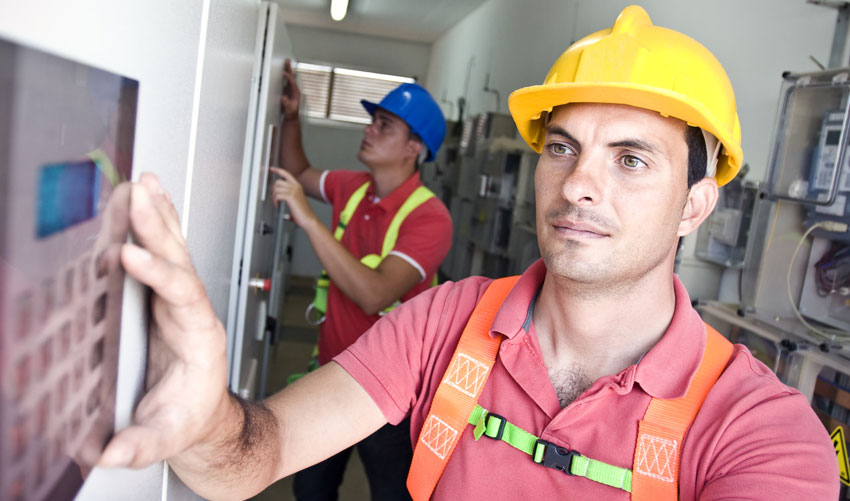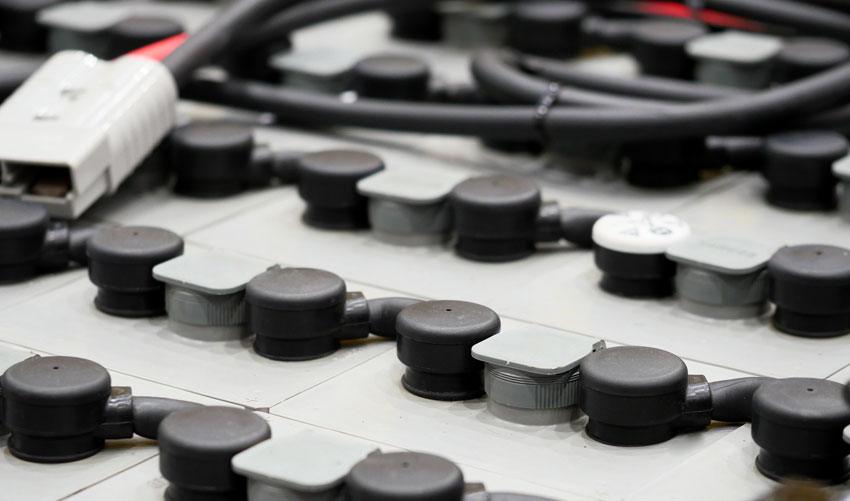Electricity is responsible for powering nearly every device and convenience in our lives. Whether you are charging your phone or turning on a light switch, electricity is responsible for making it happen.
For most of us, electricity is just something that is constantly available. Sure, you pay an electric bill and in the summer it is usually higher but it is rare that the specific power sources for this electricity are defined, or even thought about.
After all, with conventional grid-connected electricity, there are few reasons to worry about the individual wattage needed to power a light, charge a phone, or keep a refrigerator cool. When most people are connected to the grid, they just expect the power to be there.
That isn’t a bad thing, it is merely a conditioned response. However, when you switch over to solar-panel power, your perspective on wattage, power, and your ability to maintain a constant flow is challenged. You go from not needing to know hardly anything to the need to understand the power restrictions of everything.
Fortunately, there are many things that can be powered with a 300-watt solar panel. A 300-watt solar panel is the most common of the medium-range and thus, offers the most versatility.
The evolution of solar panels has produced a range of wattages and sizes thus far. However, most solar panels range from between 250 to 400-watts of power.
This puts the 300-watt solar panel right in the middle. If you have a 300-watt panel, this means that 300-watts is the maximum amount of wattage that you can get from that panel. That is not necessarily the wattage you will receive at any given time.
There are many different factors that contribute to the amount of wattage a solar panel is producing throughout the day:
Amount of Sunlight
The amount of sunlight a solar panel gets and the number of hours the solar panel receives that sunlight is important to decipher the wattage you can expect. The biggest dilemma with solar power is the time it takes to reach the maximum energy capacity for any solar panel versus the limited amount of time the sun is available each day.
Additionally, the versatility of weather patterns and cloud coverage greatly affect the wattage attracted on a daily basis.
Fortunately, the National Renewable Energy Laboratories (NREL) is available to help you find the average number of sun peak hours in your area. This helps you create a specific plan for what you can realistically run with a 300-watt solar panel.
To find out how many kilowatts per hour your 300-watt system will produce, you can multiply the number of sun peak hours in your area by 0.3. This will help you narrow down how much your individual solar panel is going to yield on average.
Season
Due to the weather conditions and varying availability of sunlight, solar panels will produce more power during the spring and summer than during the fall and winter. While this makes sense, it is something that you need to be aware of when you are planning out your wattage needs throughout the year.
Solar Panel Position
North America is in the Northern Hemisphere. Therefore, when positioning solar panels it is most productive to face them as close to true south as possible. This is different than what a compass will give you though as that is magnetic south. (Of course, it couldn’t be that easy.) Nevertheless, there are many different ways to find true south, a quick Google search can easily show you how to do this in your area.
If you are having a professional install your solar panels, it is likely they will take care of this for you but if you are only installing one, this is something you need to be aware of.
What Appliances Can a 300-Watt Solar Panel Run?

Considering all of the different scenarios, there is still a long list of different appliances that can run effectively with a 300-watt solar panel:
- Many Laptops
- LED lights
- Blender
- Inkjet Printer
- Clock Radio
- Most Fluorescent and Incandescent Lightbulbs
- Satellite Dish
- Sewing Machine
- Shaver
- Stereo
- Table Fan
- Hand Vacuum
- VCR
You can also charge a battery and store the energy to use it later or during the evening when you are not getting direct energy from the sun.
So with that, get your converter ready, pick your favorite appliance, and try it out!
Of course, this list does depend a lot on the type of appliance, but you can find the wattage on most appliances with ease. However, make sure you are careful with exactly what you are powering. Keep track of your wattage if you are trying to power more than one appliance at a time and make sure you are aware of exactly how much wattage you are really receiving, considering the wide range of variables that can affect how much energy a solar panel generates.
To close, figuring out what a 300-watt solar panel or a solar panel of any wattage can run can take some time. Instead of just flipping on a switch, using solar panels involves math and consciousness of what is being powered. It can be a big change but that shouldn’t discourage you. As you can see, without any equations or specifics, there are many different things that a 300-watt solar panel can power. Above all else, the takeaway from this is that effectively powering devices on a singular, average solar panel is doable. Sometimes, it just takes a little thought and creativity.




